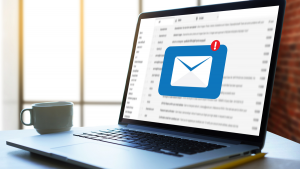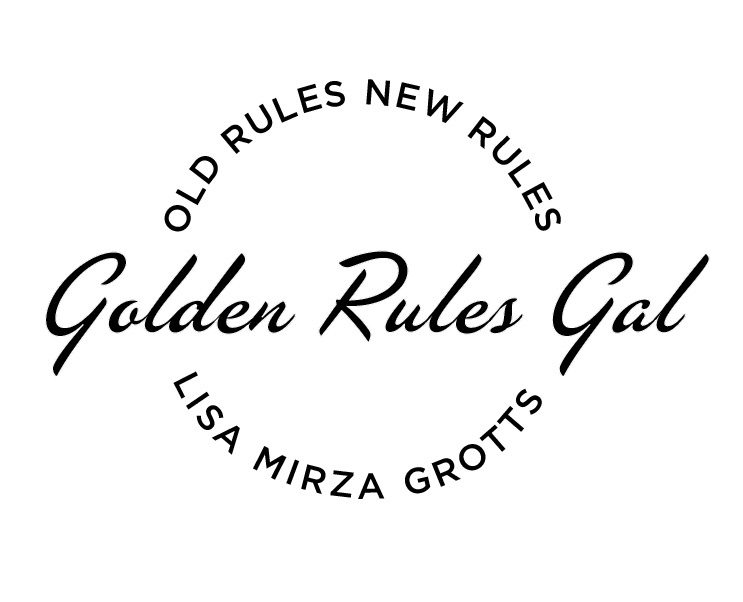Emails should be short, not essays. This is especially true with the number of emails we receive. Here are a few tips on sending and receiving emails so your message will be read:
- Focus on your message and get it across quickly, and one subject at a time.
- Links are fine to include with emails, especially if you want to relay further information. It’s much better than typing an extra paragraph.
- Always eliminate nonessential content when sending emails. Remember: this is a nonverbal conversation, so a lot can be misconstrued when you’re not face-to-face.
- Never email anyone when you’re upset or to share bad news. This should always be done in person or over the phone.
- There is no such thing as privacy on the internet. E = Evidence! Emails can always be recovered, so never send a message that you don’t want people to see.
- Respond to emails in a timely fashion, just as you would a phone call. A general rule is to respond within 48 hours. But if the topic is important, pick up the phone.
- If the subject of your email changes, then so should your subject line. It should always match the content of the email.
- Keep the content easy to read and succinct. Very few people have long attention spans.
- Never click on a link if you’re not sure that it’s legit. It could be a phishing expedition.
- Avoid using ‘Reply All’ unless you’re dealing with group emails and you’re asked to do so.
- Always acknowledge the receipt of an email. Emails do go astray, and the person on the other end shouldn’t have to wonder if you ever received theirs.

